Ask Ethan: Can dark comets be considered the most dangerous threat to the Earth?
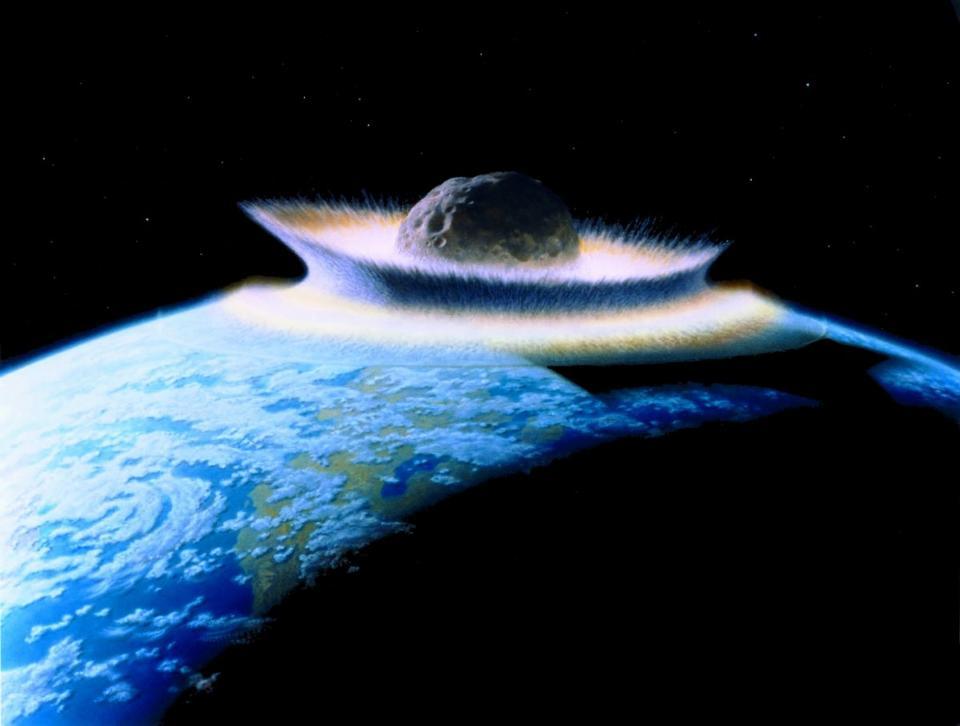
We can be destroyed by many types of cosmic catastrophes, completely unrelated to what is happening on the surface of the Earth. The star can pass through the solar system and devour our planet, or throw us out of orbit and freeze. A supernova or gamma-ray burst can occur dangerously close to us, and destroy all life on the surface of the Earth. Or, as already happened, at least once, 65 million years ago, a huge and fast moving object like a comet or an asteroid can collide with the Earth. If we can foresee this, we can take the necessary measures. But what if there are no chances, what if a comet flying towards us cannot be seen? Our reader has heard of this opportunity and wants to know:
Recently, I read several articles about dark comets, and this, to put it mildly, scared me! Is Bill Napier right about dark comets? Do they really threaten us on Earth?

Comet Lovejoy, photographed from the ISS, does not pose a danger to Earth
Bill Napier is a scientist studying potentially dangerous space objects. He rightly points out that although most attempts to create a list of potential hazards for the Earth are related to objects close to the Earth, such as asteroids, leaving the main belt and crossing the Earth's orbit, this may not be a real description of what might be dangerous for us. It will not necessarily be an asteroid located inside the orbit of Jupiter, or a comet orbiting beyond Neptune, which are just waiting to be led astray and sent to the inner part of the Solar System. Between the orbits of the four gas giants, there are many objects known as centaurs , which can be knocked from orbit to the center of the solar system without warning; most of them are not listed in the catalogs. Napier argues that many such centaurs may not be visible to us even after rushing in our direction, and until it is too late.
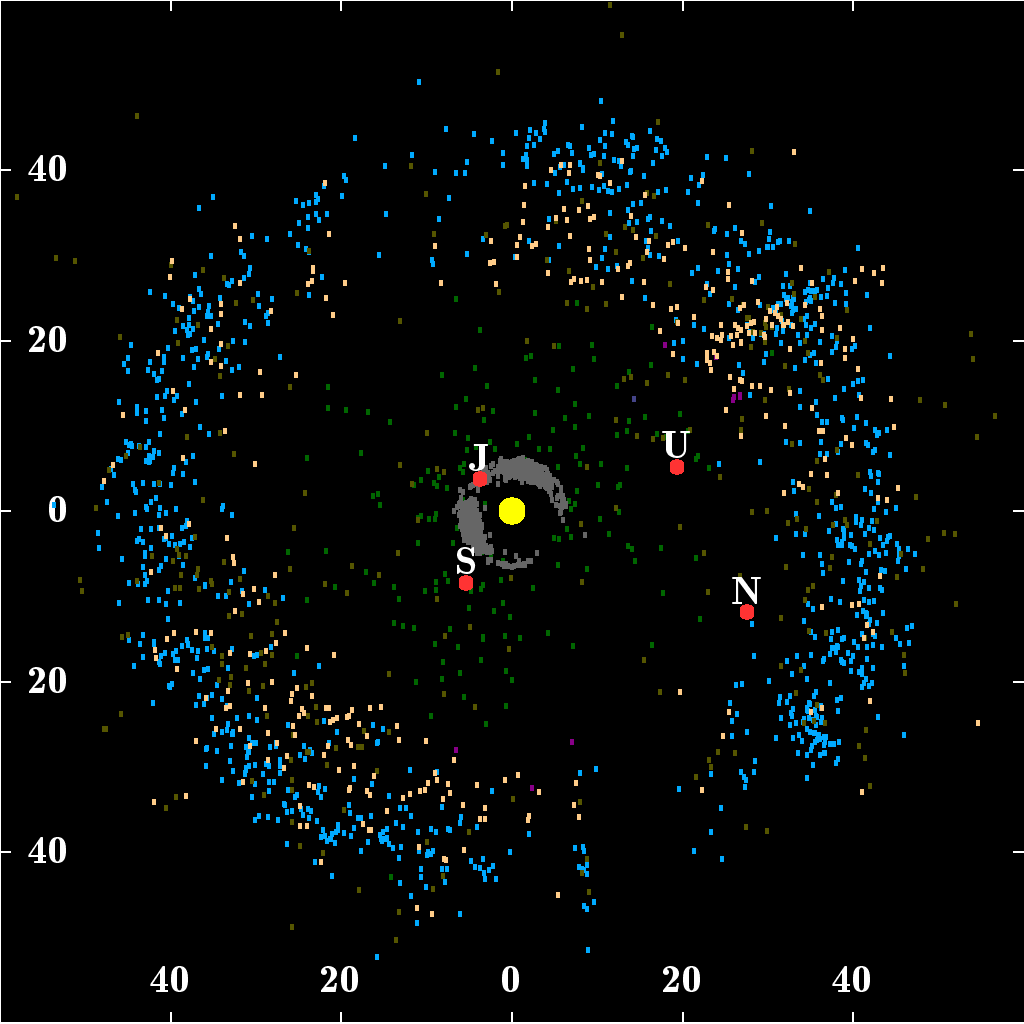
Asteroids (gray) and Kuiper belt objects (blue and orange) are considered the main threat to the Earth. But the number of centaurs (gray) exceeds 44,000.
This brings us to an important question: what makes a comet dark or invisible? This is not just a comet flying towards us from the outer edges of the solar system, badly reflecting the sun. The centaur, of course, for billions of years could also evaporate all the ice from its surface, which would reduce its visibility. But the Sun emits so much light that even a medium-sized comet, or a centaur, which swallowed 99.9% of the Sun’s light, would still be easily distinguishable for us while in Saturn’s orbit. Moreover, comets mainly consist of ice, which actively reflects light and appears on the surface of the comet during its warming up. In reality, dark bodies in our solar system are more like the moon, which still reflects a lot of light — anyone who has watched the night sky will tell you. Any object consisting of natural dark chemical elements or mixtures would still be visible in reflected light, especially in the infrared part of the spectrum.
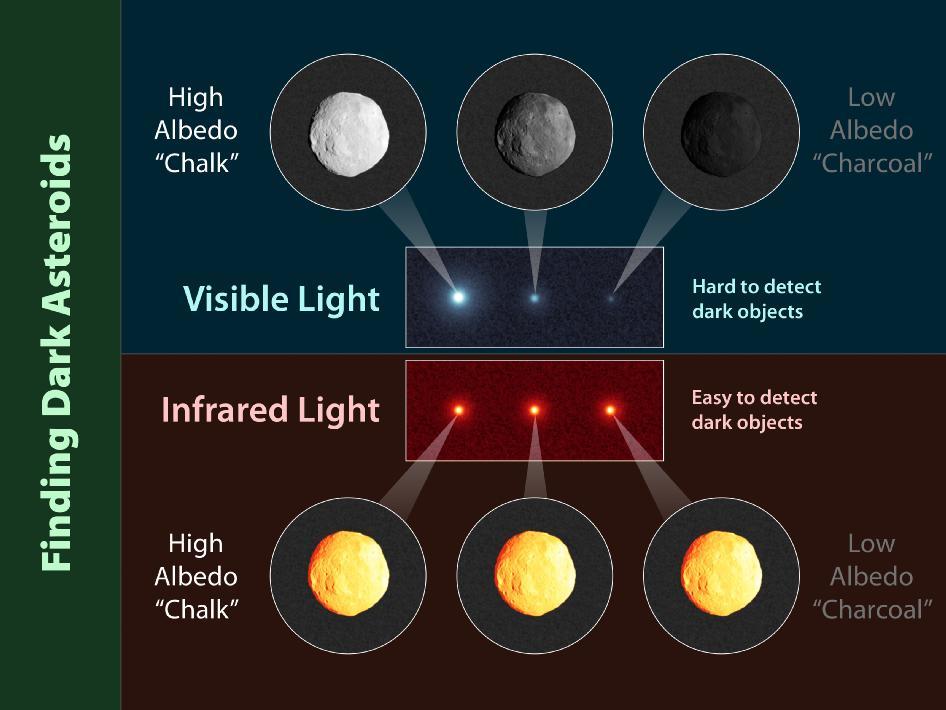
But there are other possibilities to consider. What if the light-reflecting comet flying toward us is rotated somehow in a special way? What if it is icy, but it does not reflect all the light in the direction of the Sun, like some unusual crystal? But this will not work either, although the reason for this is not so obvious. When such an object enters the part of the solar system occupied by the planets, it warms up. Heat melts ice, and a long tail appears, directed away from the Sun, which can be easily and in advance seen through many types of professional equipment, and through several types of amateur equipment.
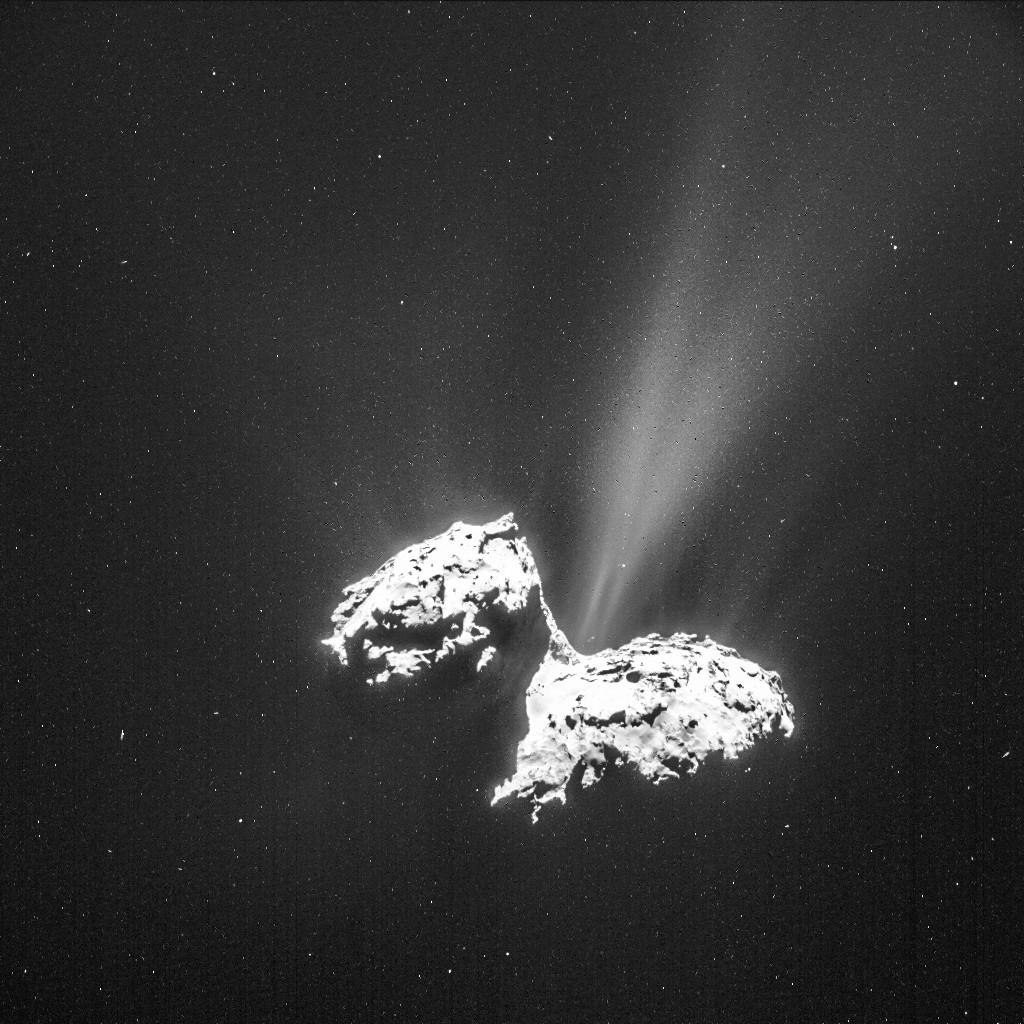
Perhaps nature will cheat and make it so that this tail will not be visible from our position? In order to be hidden from us, the comet must be sent straight to our planet, and must be located in a straight line from the Sun to the Earth. If the tail is away from us and hidden behind the comet, it will not be visible to us, and the comet will not be visible to us either, will it?
But this is not true. The tails of comets are not just directed away from the Sun, they expand as they move away from the comet's core. Even a head-on comet will have a coma visible to us. Professional astronomers, and amateurs, quickly recognize this fact.
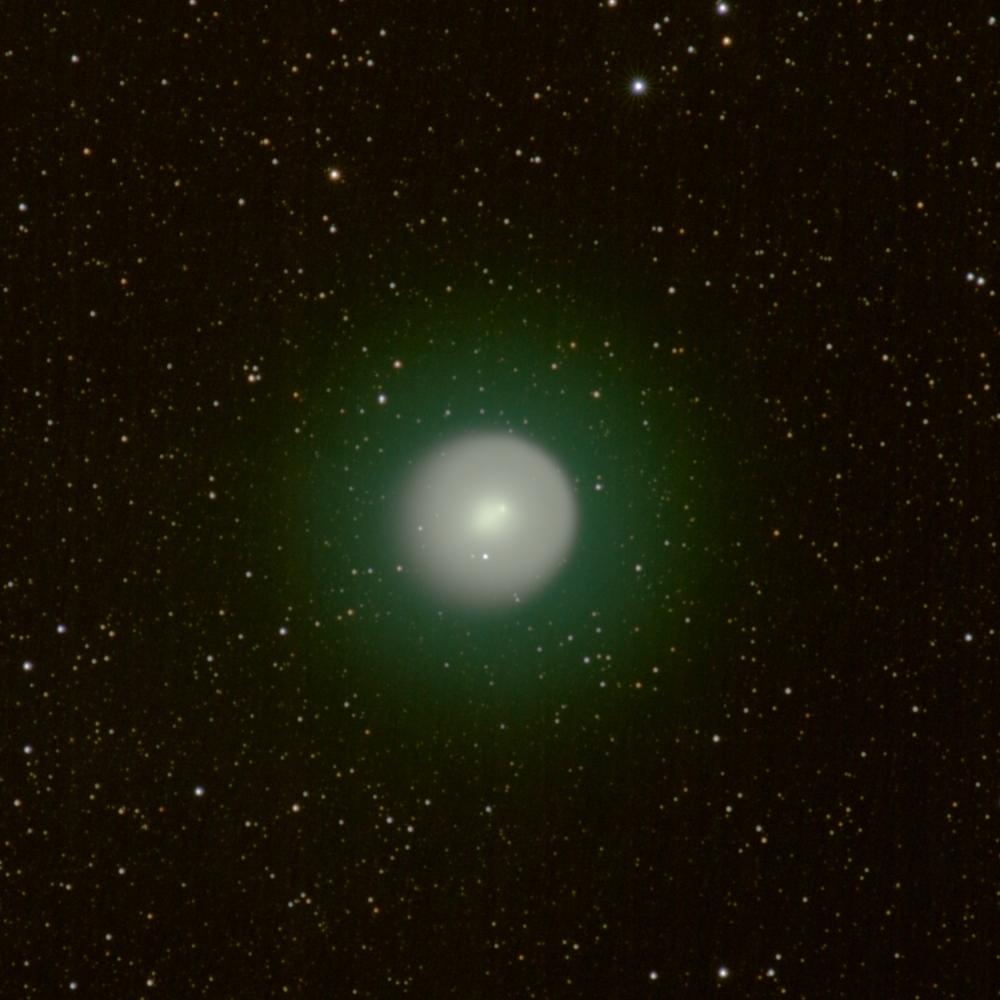
The coma of comet 17P / Holmes is visible, although it flies almost in the forehead.
The danger from the invisible comet exists, and is very different from the forms that Napier represents. Imagine that a bright, reflecting comet with a tail and a coma is heading towards us. Will there be a direction from which she can come to us invisible? It will be - in the direction of the sun.
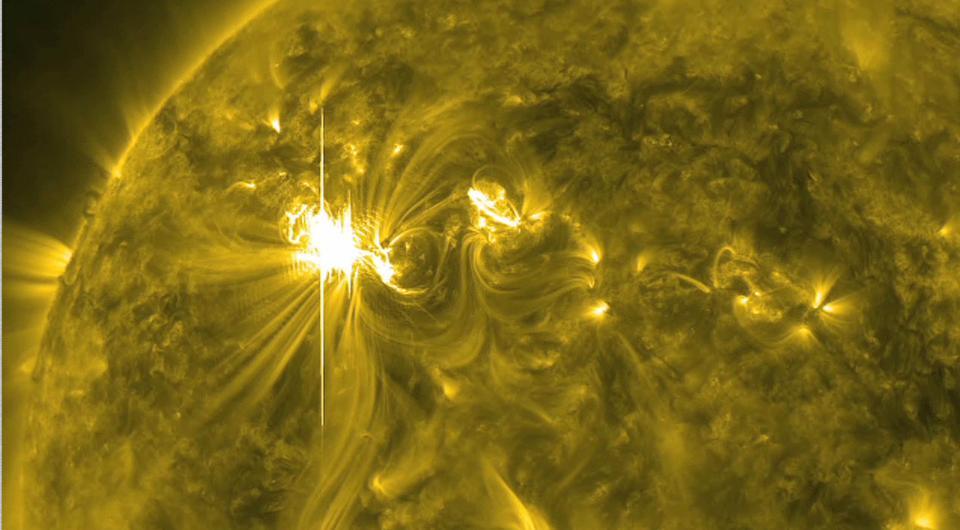
Telescopes, even space ones, do not dare to go even close to the Sun, since a ray of direct sunlight will burn out their entire optical system. If any object - a comet, an asteroid, a centaur, even a fragment from a collision with Mercury - either approaches the Sun from behind (from our point of view) or rushes past him due to the sling effect, then a suitable trajectory can send it to the Earth. That is why it is so important to have in operation the NASA STEREO satellites.
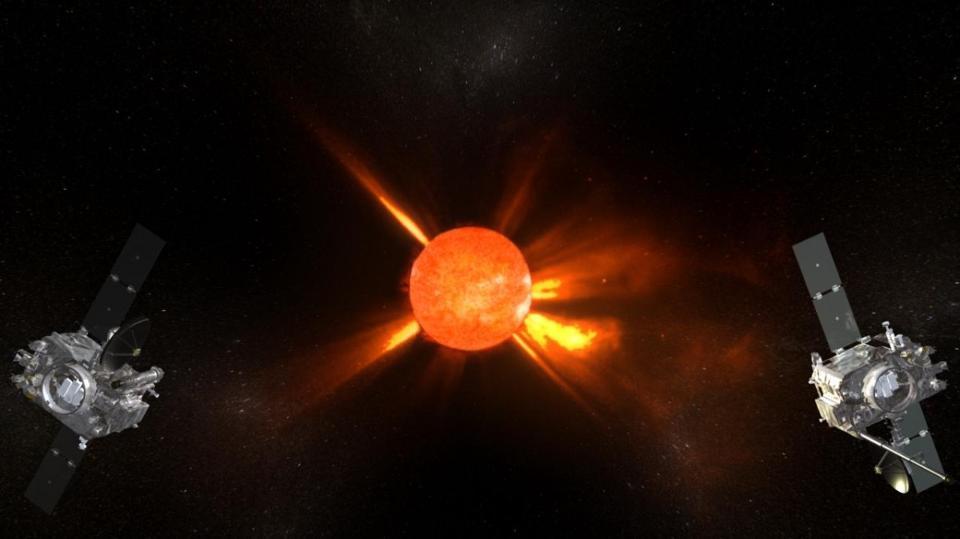
To date, no technology has been developed to reflect a fairly large asteroid or comet flying to us in a short time. But at least, thanks to observatories located in different parts of the solar system, we can see everything that flies in our direction. In the future, more sensitive infrared devices for a complete sky survey will give us more complete lists of centaurs in the solar system, and the launch of WFIRST in the 2020s will help us mark all potentially dangerous objects located at significantly longer distances than all those known to us today. . But the chances that the distant object will rush in our direction after any impact are extremely small. The prospect is more terrible - it is a comet with a very long orbital period, which is slightly pushed towards the orbital path of the Earth.

The orbital path of Comet Swift - Tattle, passing dangerously close to the path of the Earth around the Sun.
Comet Swift - Tuttle, the ancestor of the Perseids , is the most dangerous object known to mankind. After 4400, she has a chance to collide with us with energy, 20 times higher than energy from the legendary event that killed dinosaurs. But until that moment we have a lot of time. In the meantime, you can be comforted by the fact that in addition to asteroids and comets flying from the Sun, we can see all the large bodies heading in our direction. And if we are lucky, and our civilization will exist for another one thousand years, then our technology is likely to develop to such an extent that the reflection of a comet or an asteroid will not be such a frightening task.
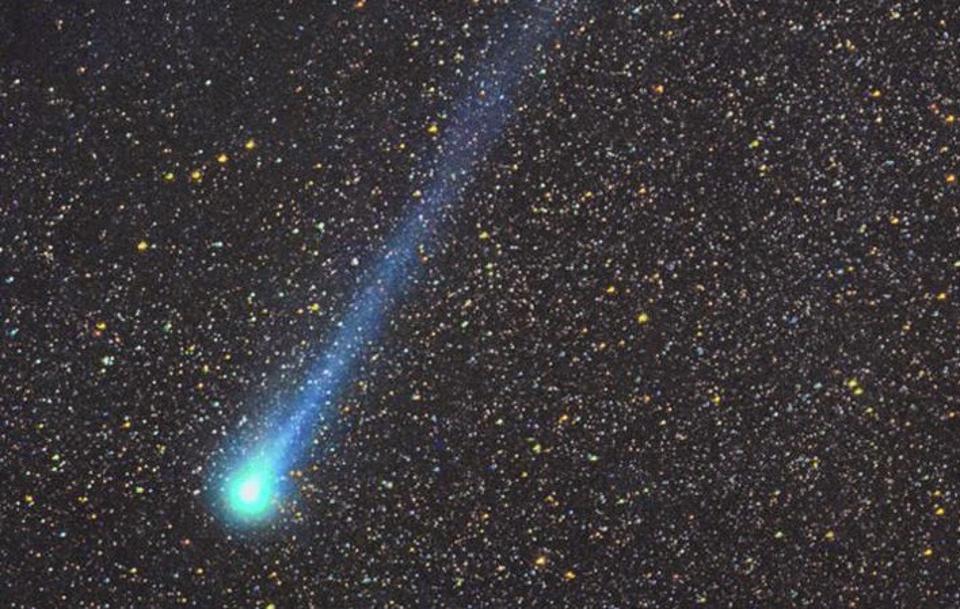
Comet Swift - Tuttle in 1992
Well, there is always a plan "B" - to clone Bruce Willis .
All Articles